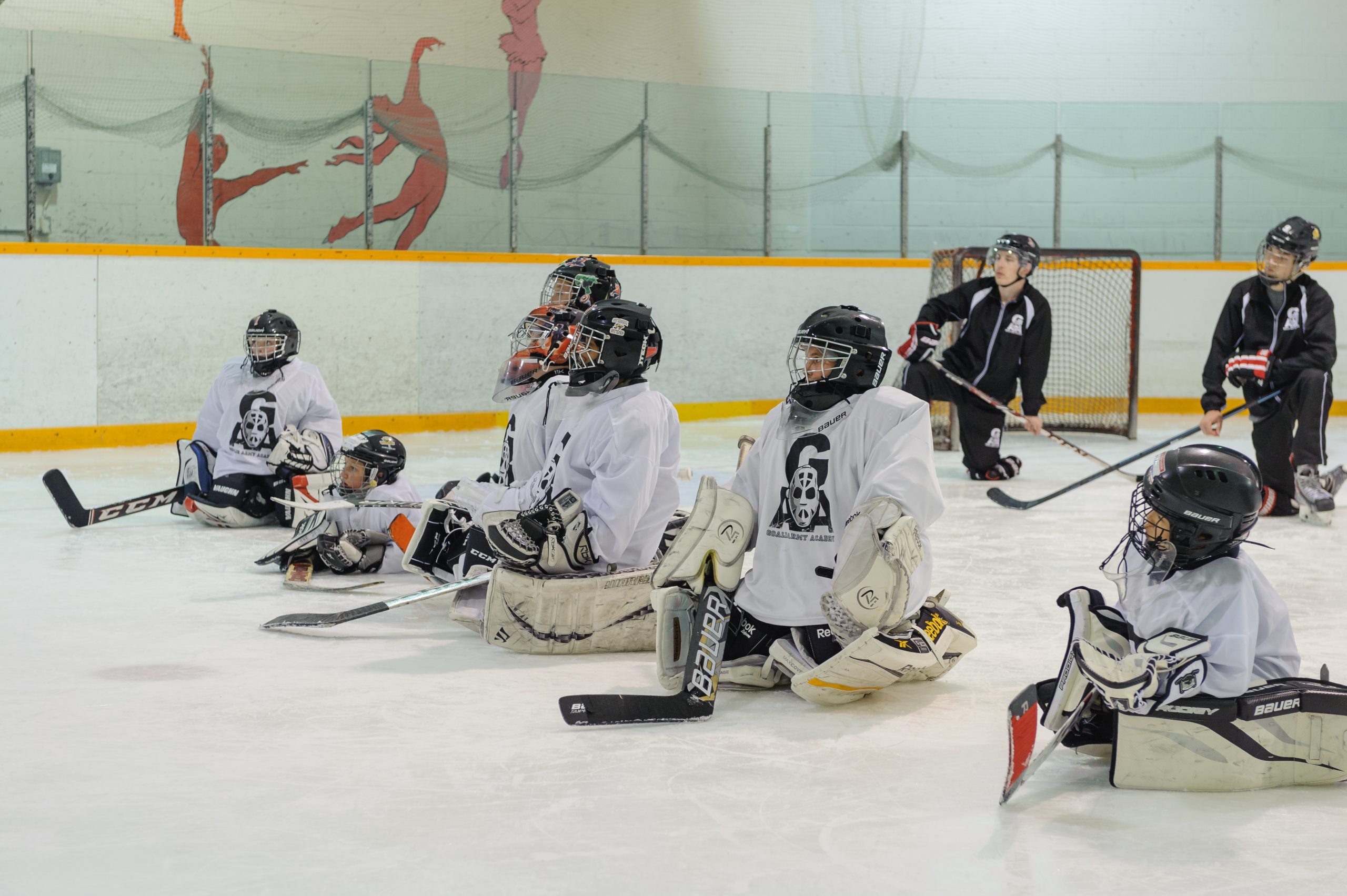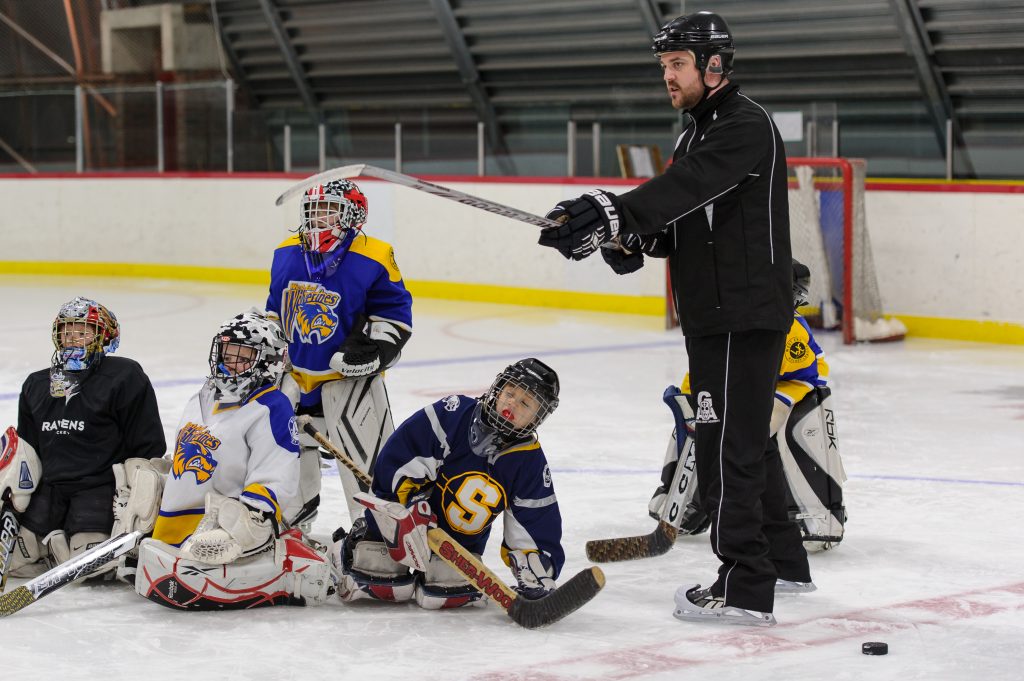
Need A Goalie? Don’t Count On It
After a hockey season affected by the pandemic, many hockey associations are now experiencing the first ripple effects caused by a lack of action to ensure goaltenders had been developed and engaged. Now we have a goaltender shortage in some areas. So how can we create a much needed rebound?
Let’s face it, most kids are pretty resilient, and although the pandemic has been difficult on many, there are plenty of kids seemingly able to pick up where they left off. But asking children in youth sports, especially goaltenders, to look at the bigger picture, be there for their team, and trust the process just can’t fly for a whole season if receiving nothing in return. With the unlucky being used for target practice for their teammates for a year, and external goalie coaches being unable to penetrate team bubbles to work with them during team practices, goalies didn’t get much out of their team practices except for being active, and had to seek out external training options.
On a business standpoint, the pandemic was good for us. Students came to us consistently resulting in every one of our training sessions being sold out. After a year of reflection, one clear observation was noted: Minor hockey goalies participate in a team structure to play games, compete, and bond with teammates, but find little-to-no benefit for their technical game nor development via team training. For this, they look to Goalie Army Academy’s sessions.
Those fortunate enough to work with goalie coaches outside of their team bubbles (if allowed by their teams, associations, and governing bodies) were a minority. Coaching and technical feedback was simply unavailable for the majority of minor hockey goaltenders, resulting in them falling behind.
This pre-season, many teams and associations which were unable to provide knowledgeable, professional goalie coaching to their goaltender registrants are noticing a shortage of goalies due to goalies simply dropping out of hockey, or opting to play out as a skater this season.
Who’s to blame? Well, it’s not the team coaches nor youth hockey associations. They’re doing the best they can with what they’ve been allowed to do with the resources which they have. Youth hockey is powered by the countless hours, late nights, and sometimes, thankless hard work of volunteers. Therefore, it’s likely safe to say that we can explore higher up the ladder for answers.
So what plans have been made by Hockey Canada to ensure that we’re introducing more children to the position so that we may grow the number of goaltenders at all age groups? None. At least none that have been made publicly available to the masses.
As a goaltending coach earning a living from coaching goalies, the fact that Hockey Canada has relied on its registrant numbers as a means of producing top tier goaltender talents instead of actively developing a well-coordinated, useful action plan for goaltenders and goalie coaches, only helps my business. However, it is concerning to me that discussions of goaltender development at this level seem to stick around about as long as passed gas in a hurricane.
This may surprise some, but poor goalie development in Canada isn’t anything new, and Hockey Canada has known about it for some time. From the CHL considering their ban on importing European goaltenders so that Canadians would have better chances at playing higher levels of hockey, to Hockey Canada’s poorly implemented, late-to-the-game, and scarcely available goalie coaching certification (discussions were happening in 2013 and were only implemented a couple of years ago) at the coach’s expense, it is evident that we can expect, well…nothing.
Simply put, if the recent global pandemic resulting in many Canadians working remotely wasn’t the perfect opportunity to educate the masses digitally with no need for travel to HC HQ, then I don’t know what is. Promoting frequent and accessible goaltender coach development remotely and implementing a strategy to ensure that every hockey association had a designated volunteer goaltender development representative and goalie coach mentor should have been the minimum course of action last season. Give coaches and participants the tools they need to become successful Hockey Canada!
parents refuse to place their child into a position without the proper tools available to them to help them become successful
I learned long ago that it costs less to retain business and grow it organically and through referrals than it does to seek out new business. Unfortunately, HC, it seems, has yet to learn this. Instead, its strategy appears to be to consistently conduct damage control rather than be proactive. Ask any parent of a skater if they’d like to have their child try to be a goalie, and you’ll see evidence of this. Chances are that you’ll get laughed at followed by, “heck no”.
Could it be that it isn’t that the position is as unsafe, or as brutal for the child’s confidence as parents tell themselves? Could it be that goalies don’t actually have to be crazy to play the position? Maybe it’s that parents of skaters see that there is no “real” development plan for goalies offered at the national level, no one overseeing that it’s being implemented effectively, and that parents refuse to place their child into a position without the proper tools available to them to help them become successful.
Starting last season and leading into this season, there should have been some clear direction, a strategy for goaltender development, retention, getting more kids to try the position, and educating parents on the benefits of being a goaltender. Although we do see an effort being made from a handful of associations, the ripple effect of a lack of proactivity as we approach this season has begun to reveal itself.
Unfortunately, with so many families coming to the realization that there was little to no benefit offered to their young goalie in simply being there for their team last season, and no evidence of help on the way, many goalies have turned their backs on their teams, associations, and the bodies which govern them. After all, can you blame them?


